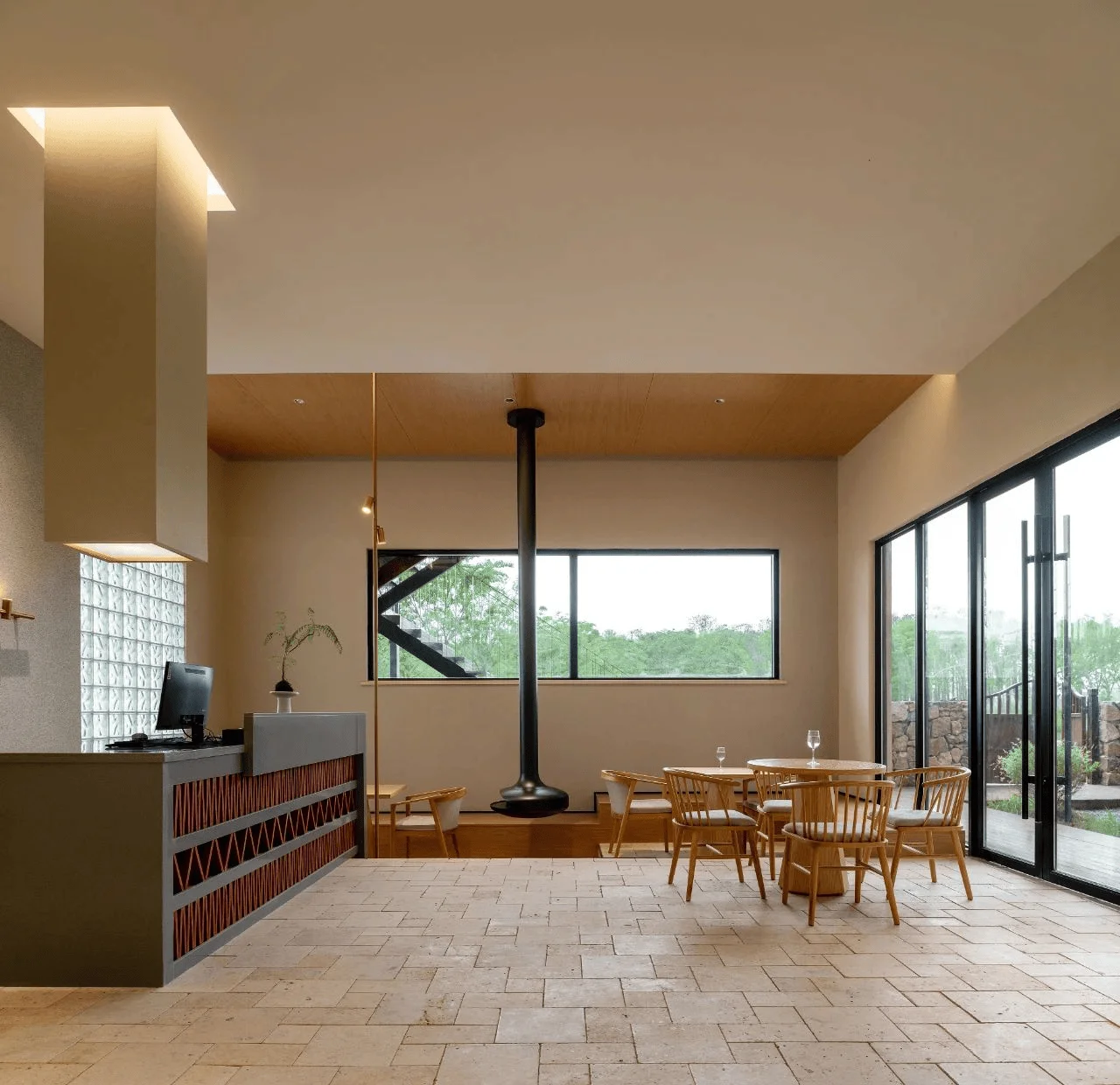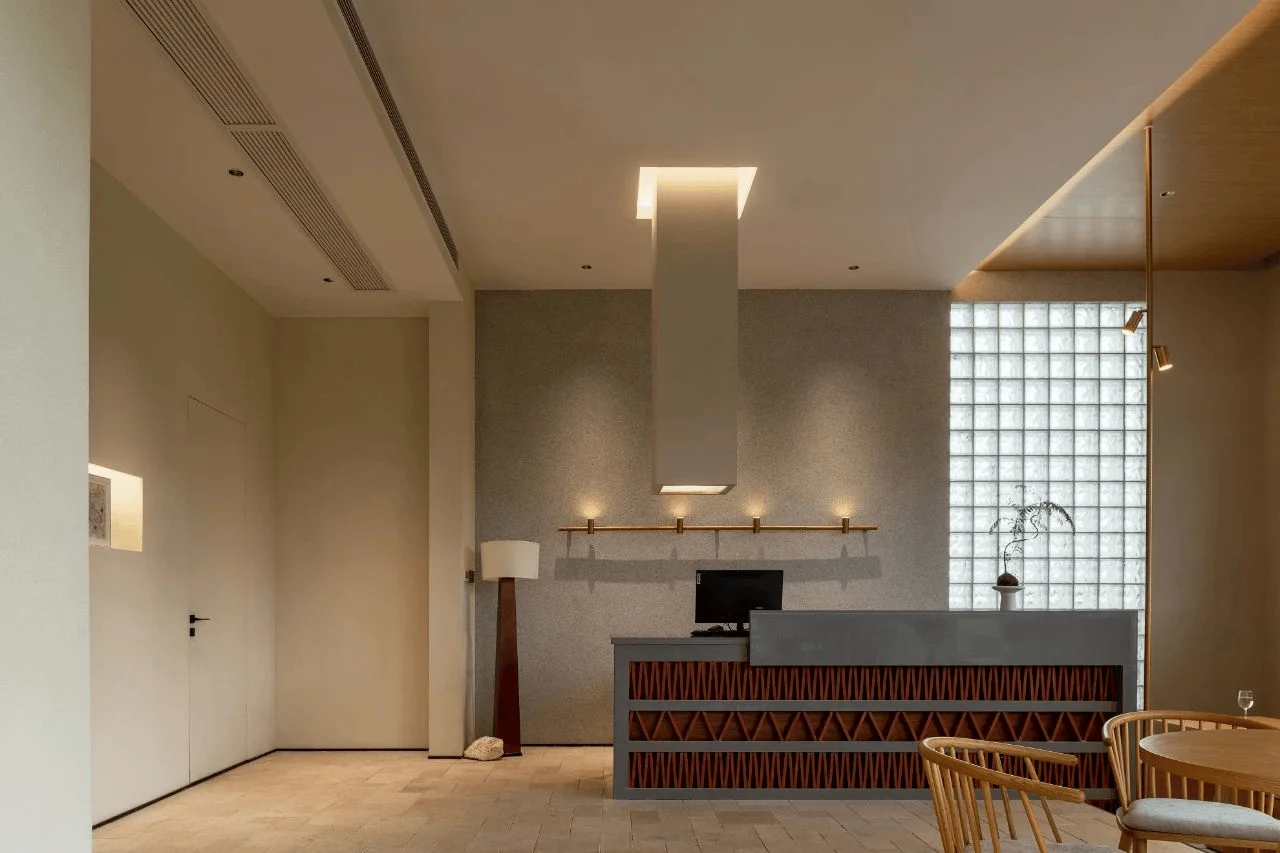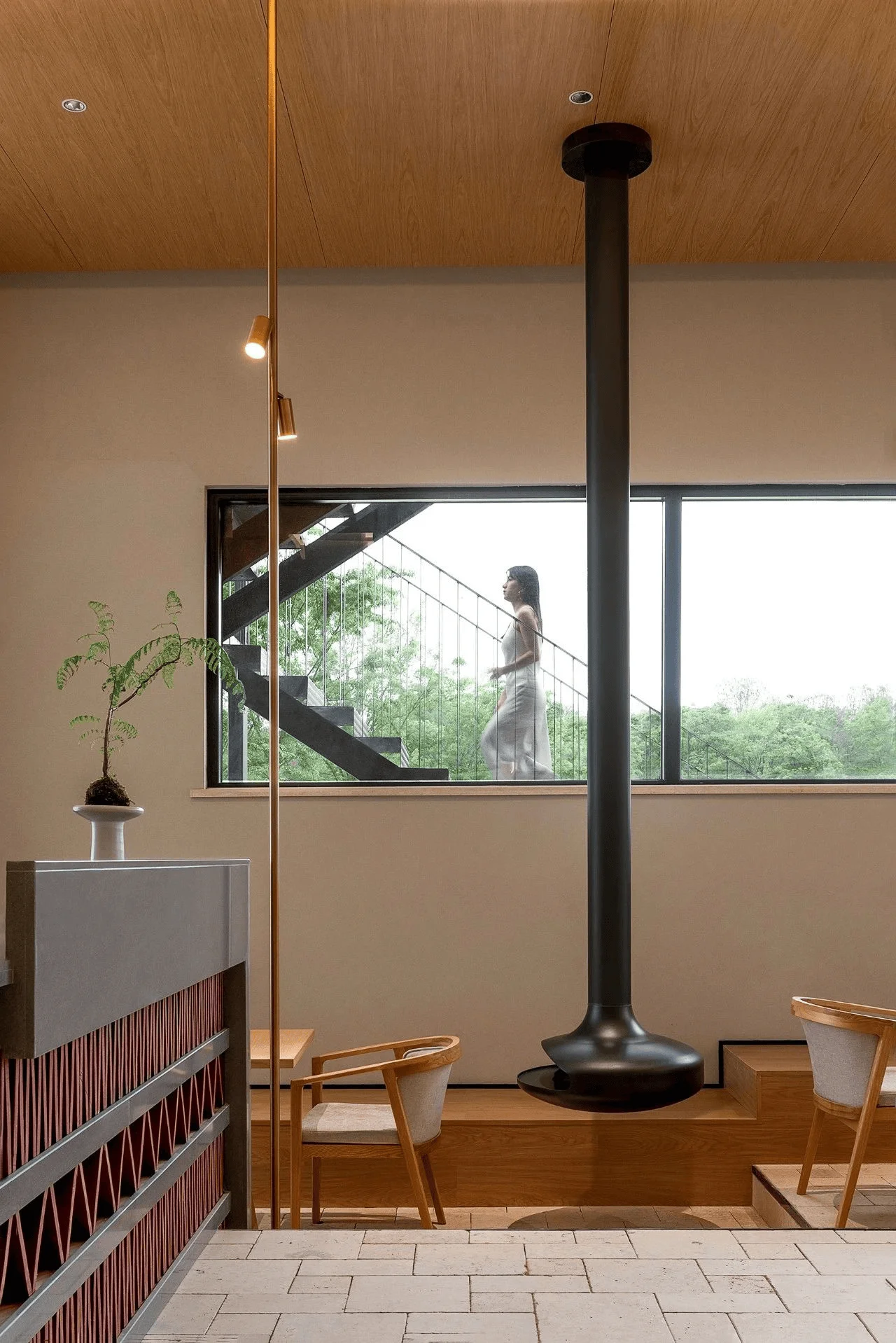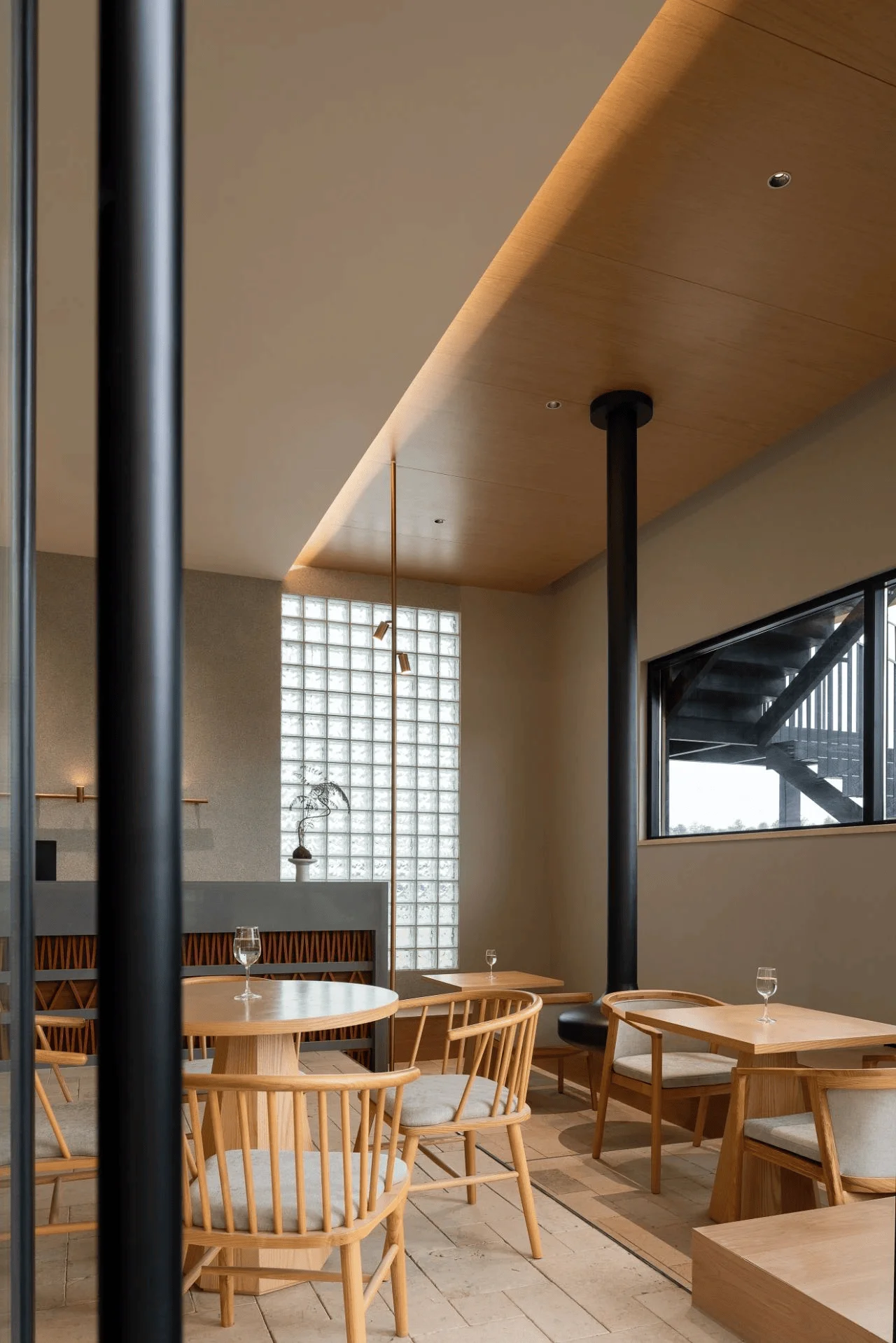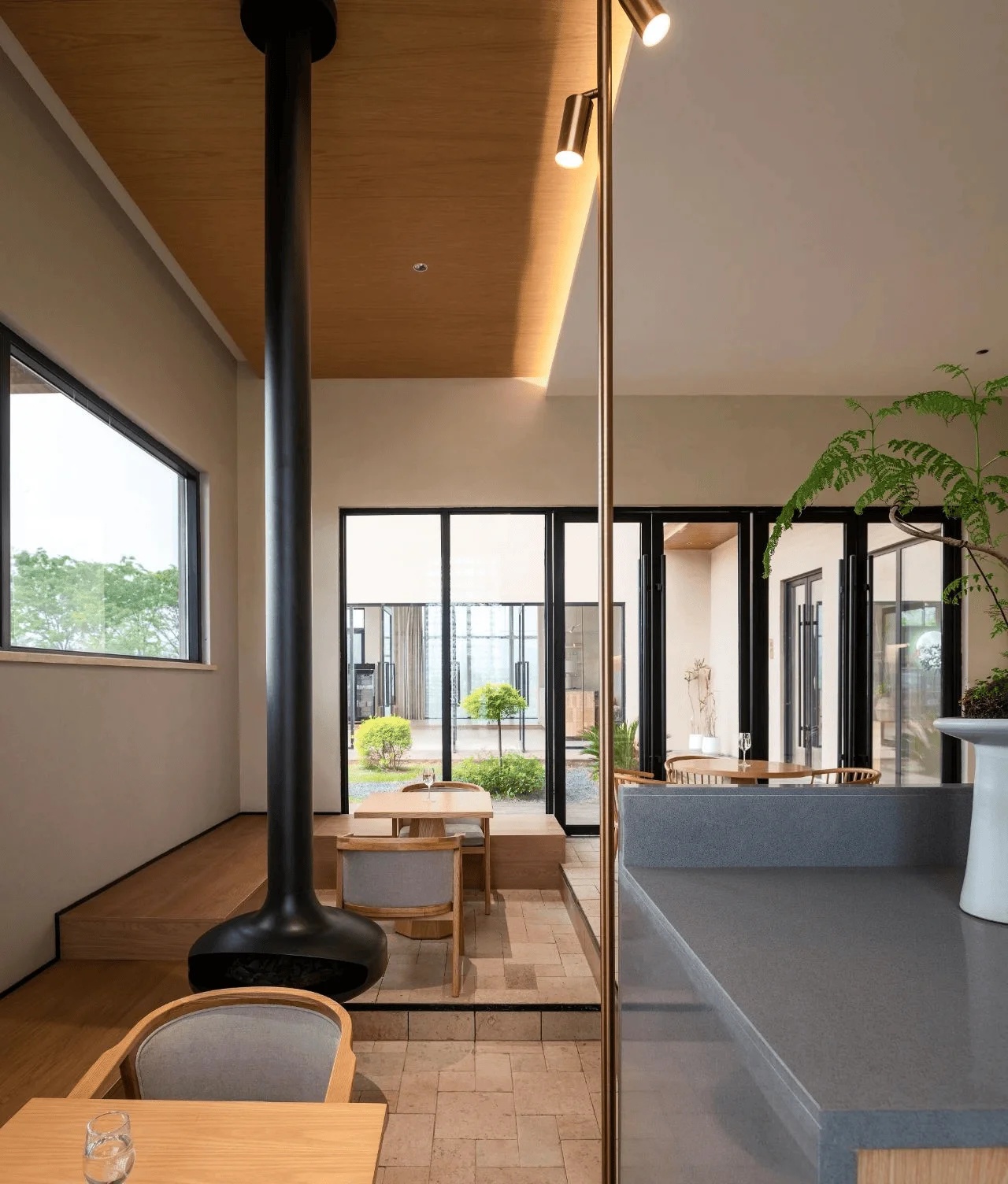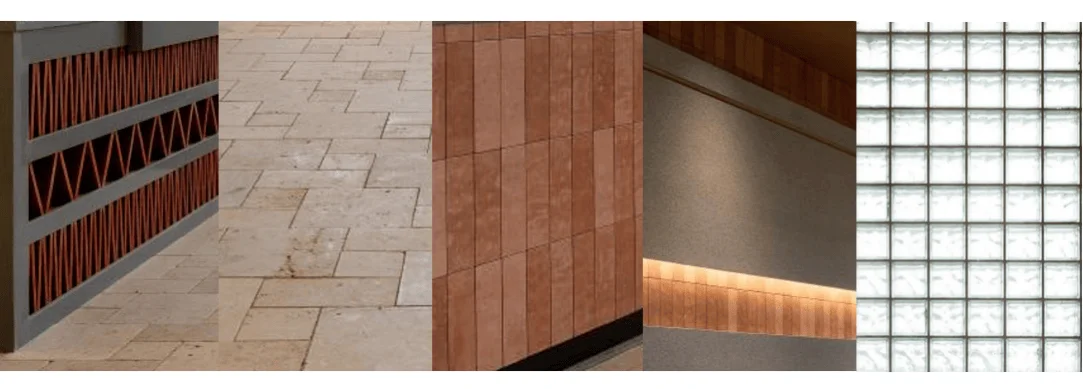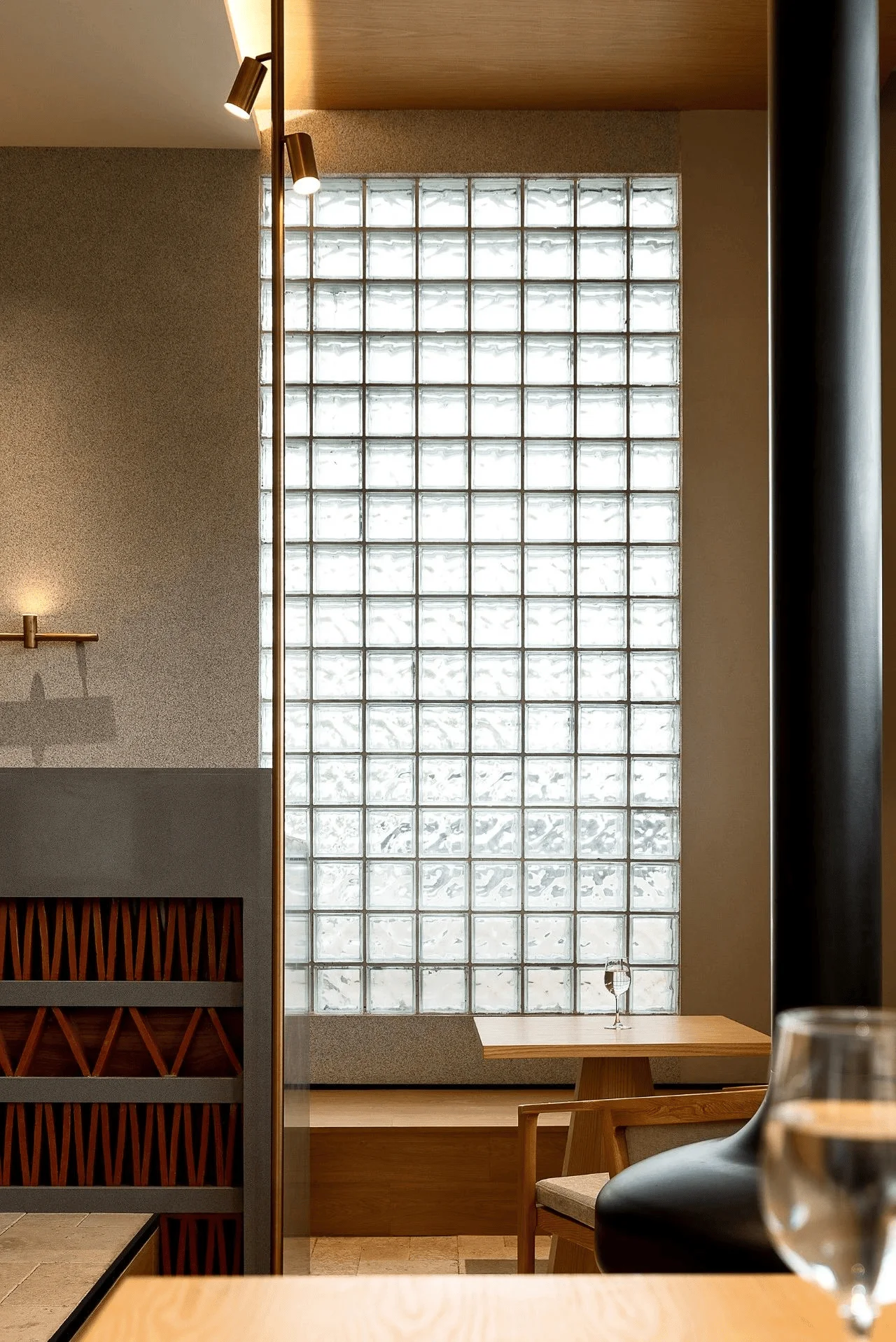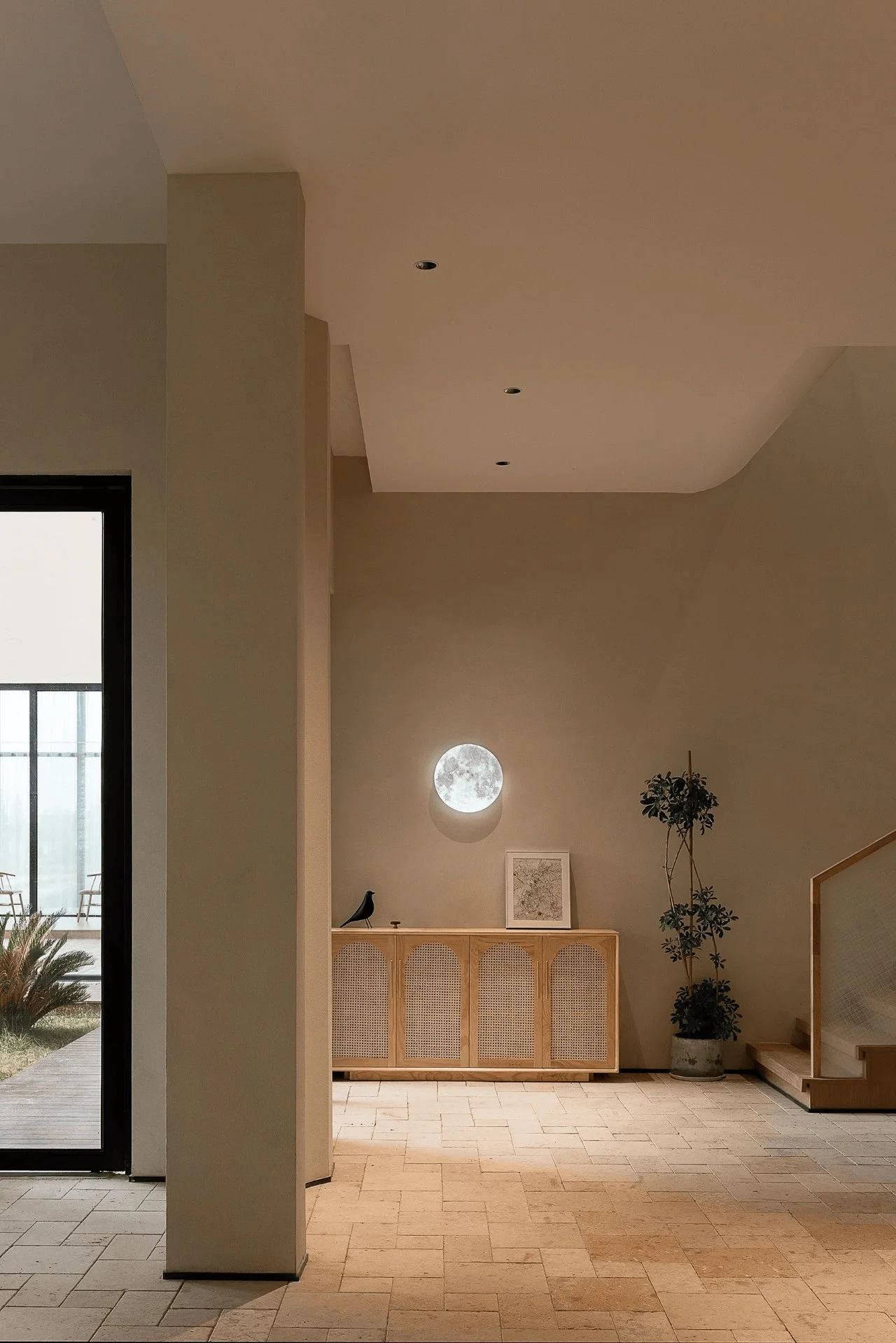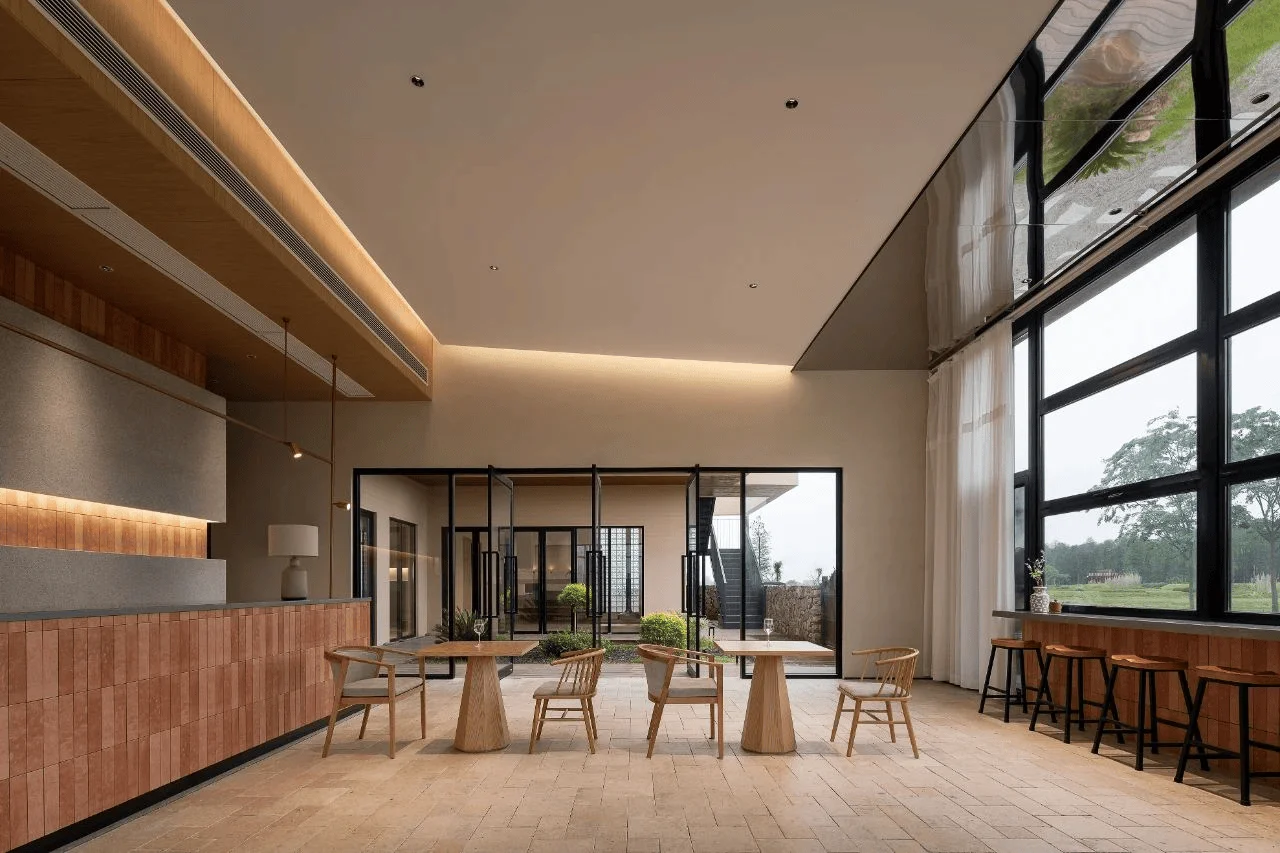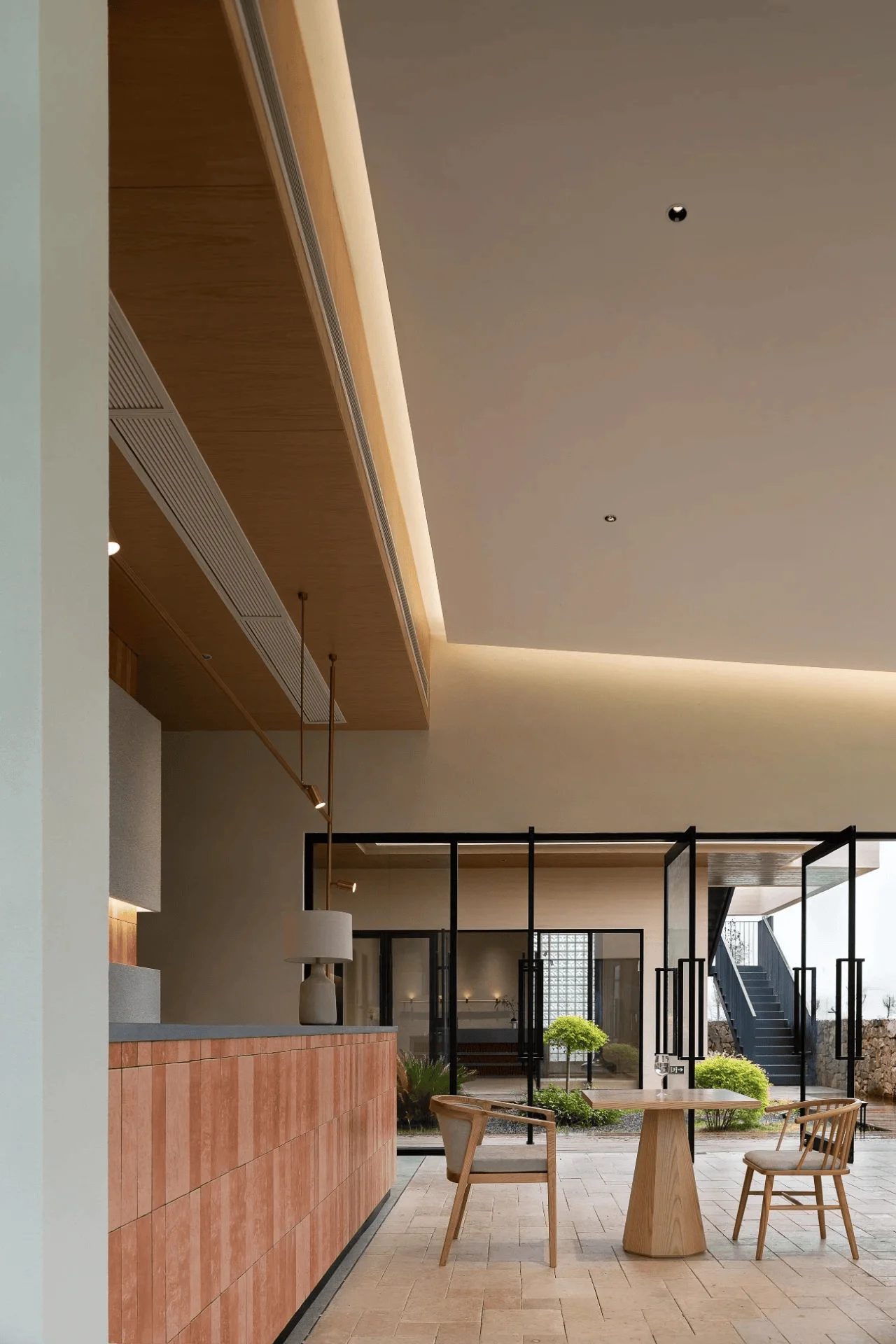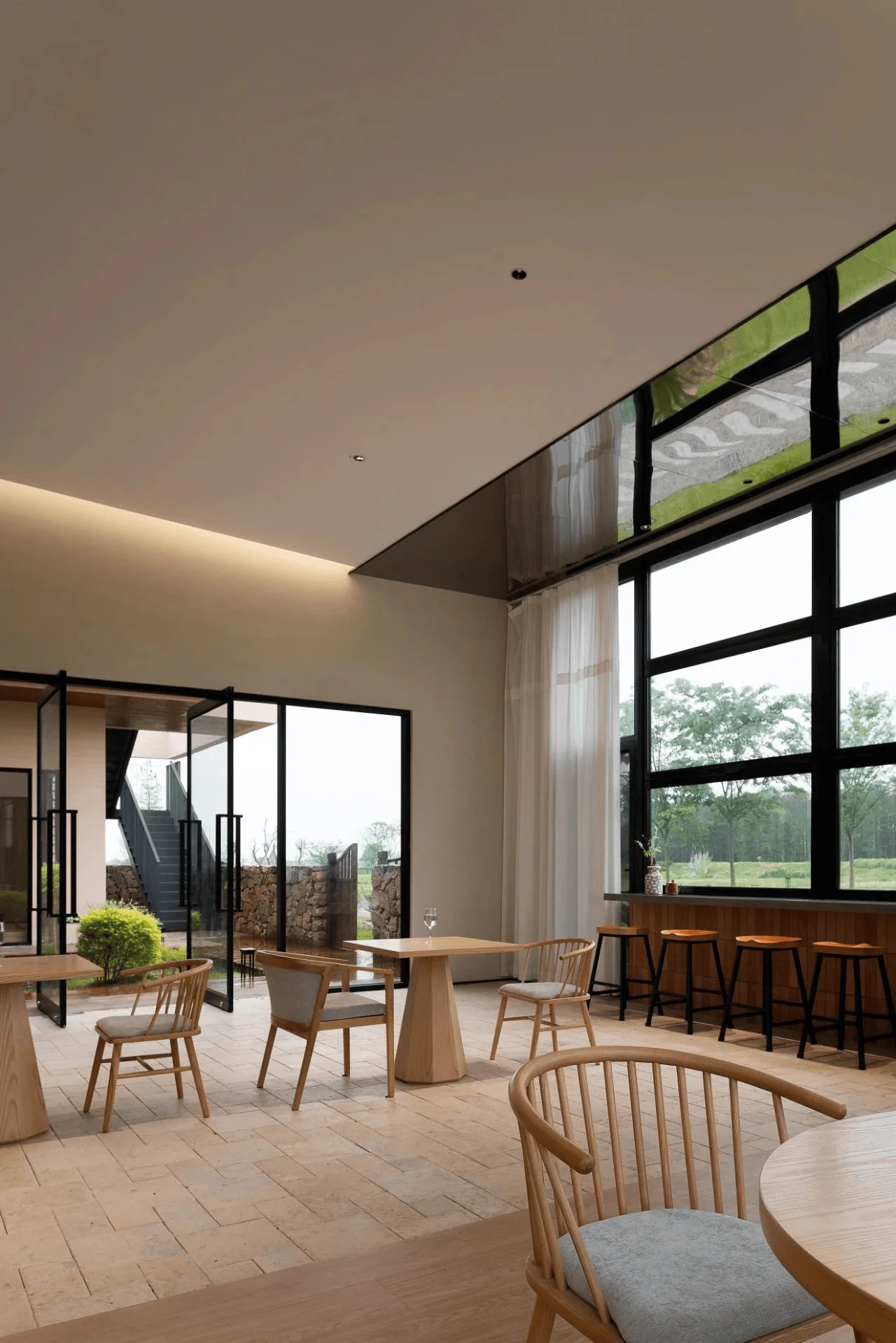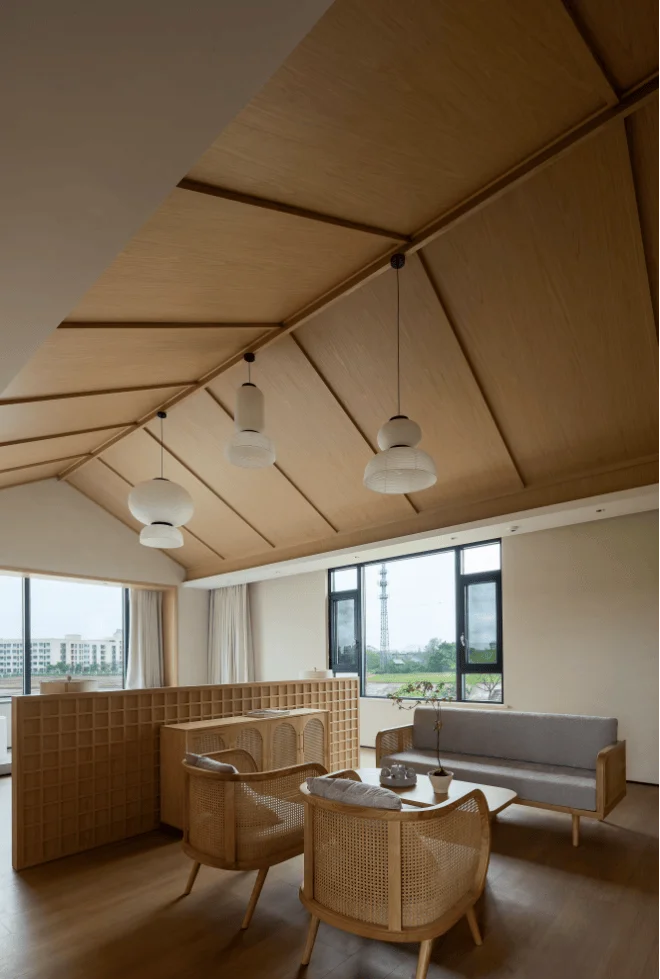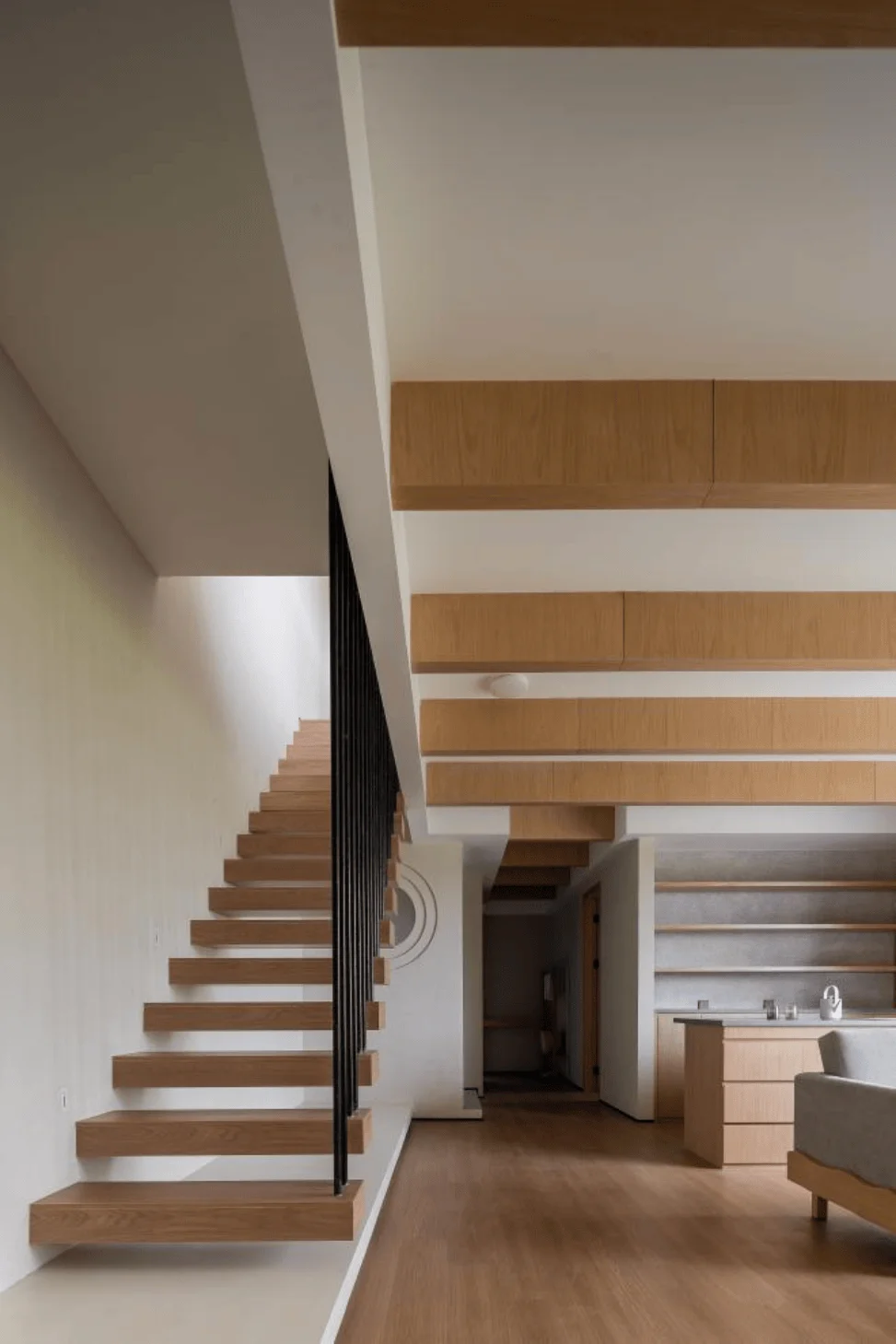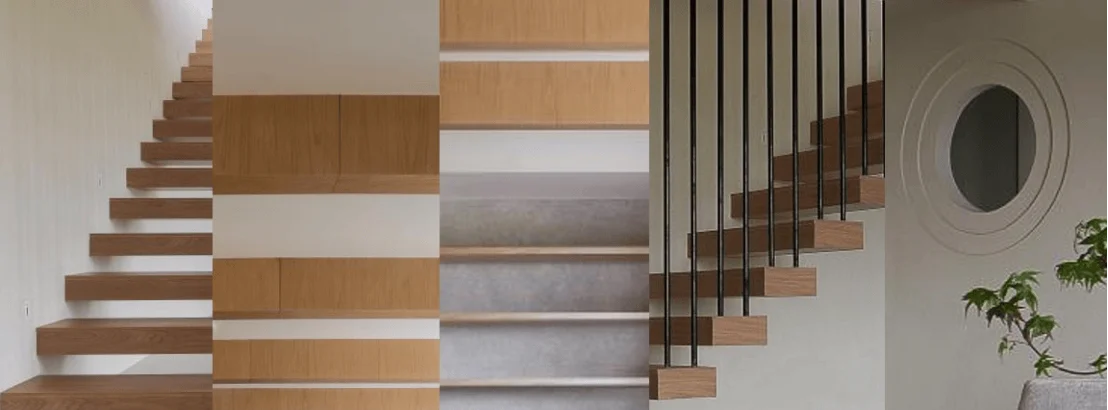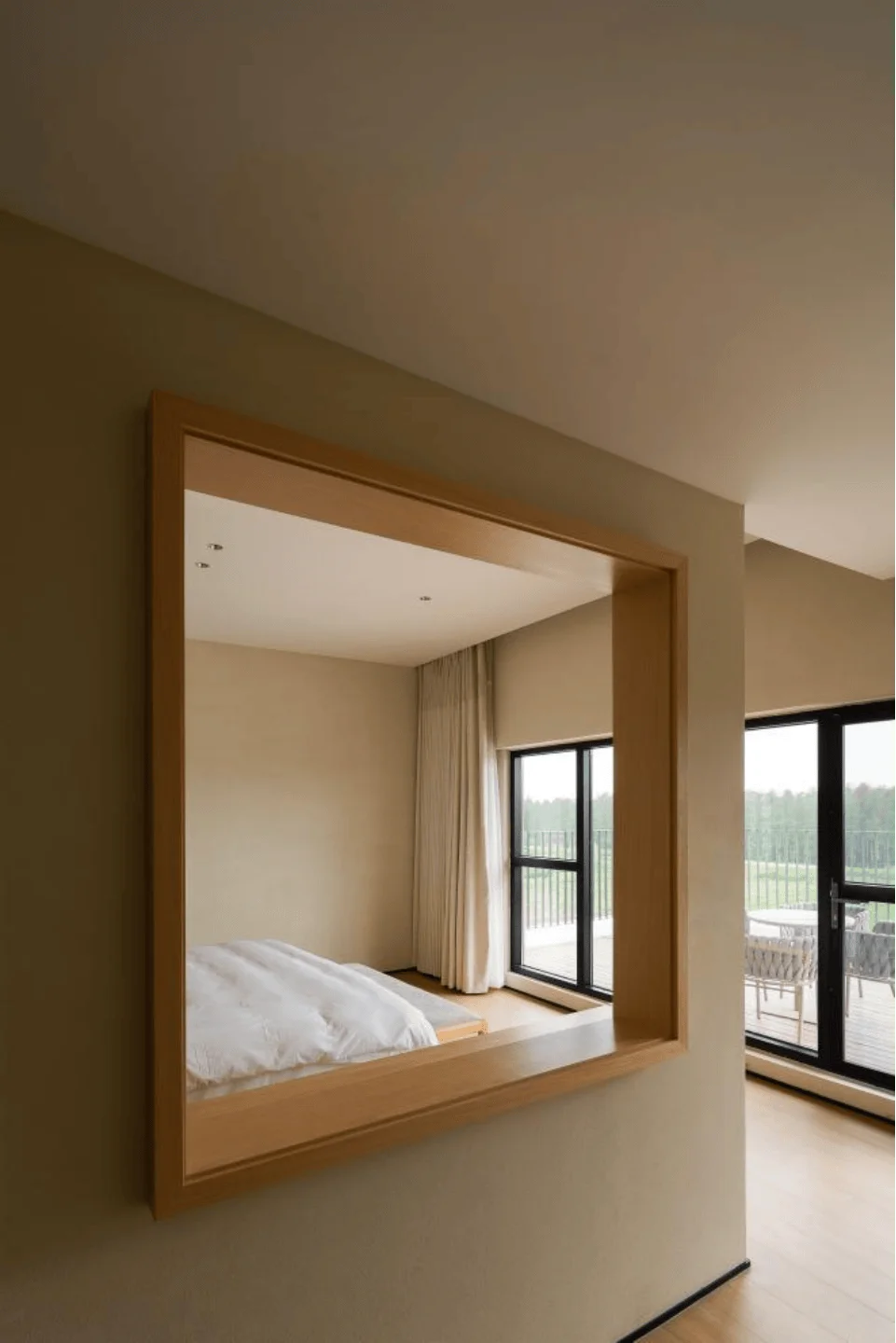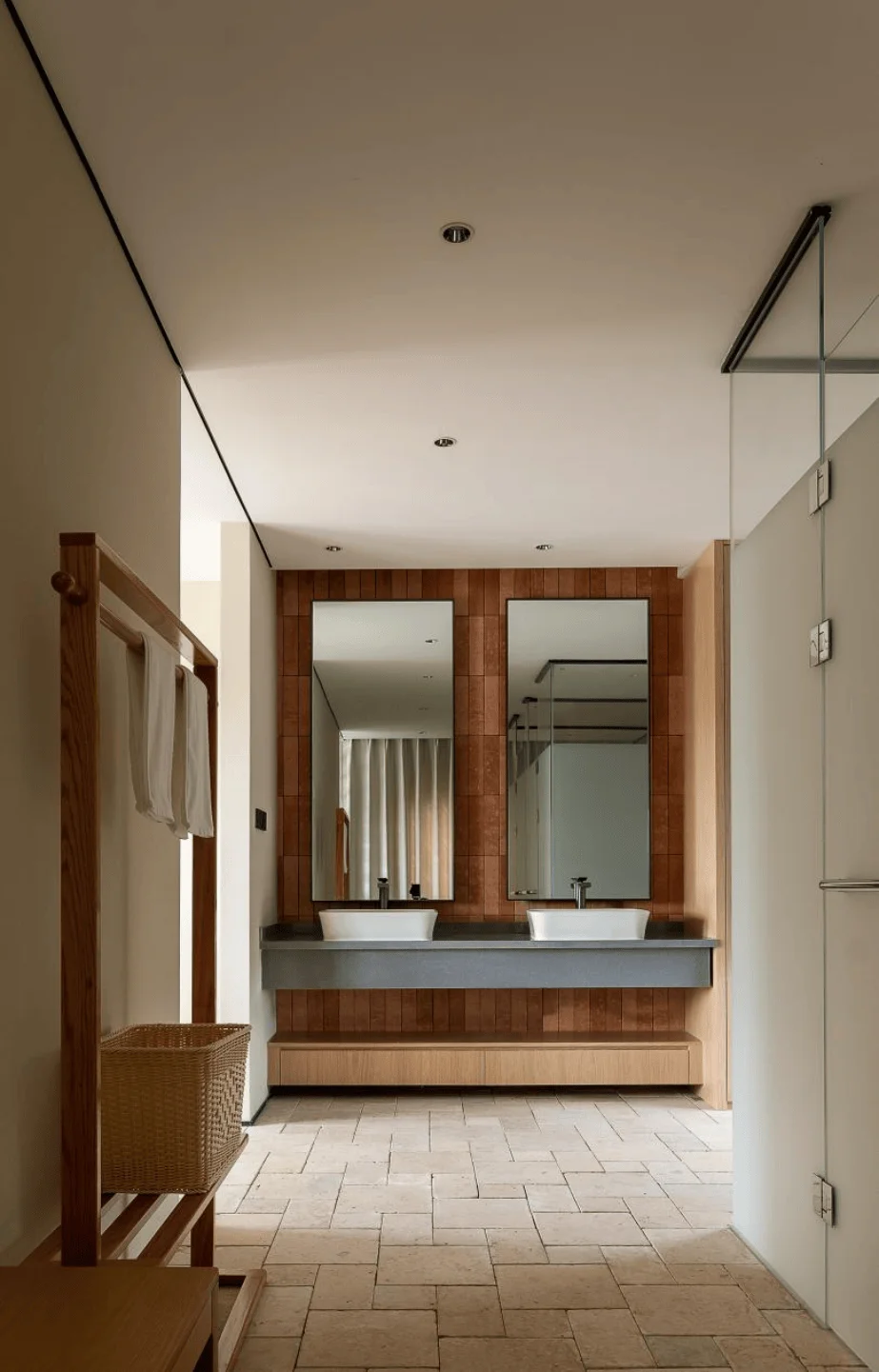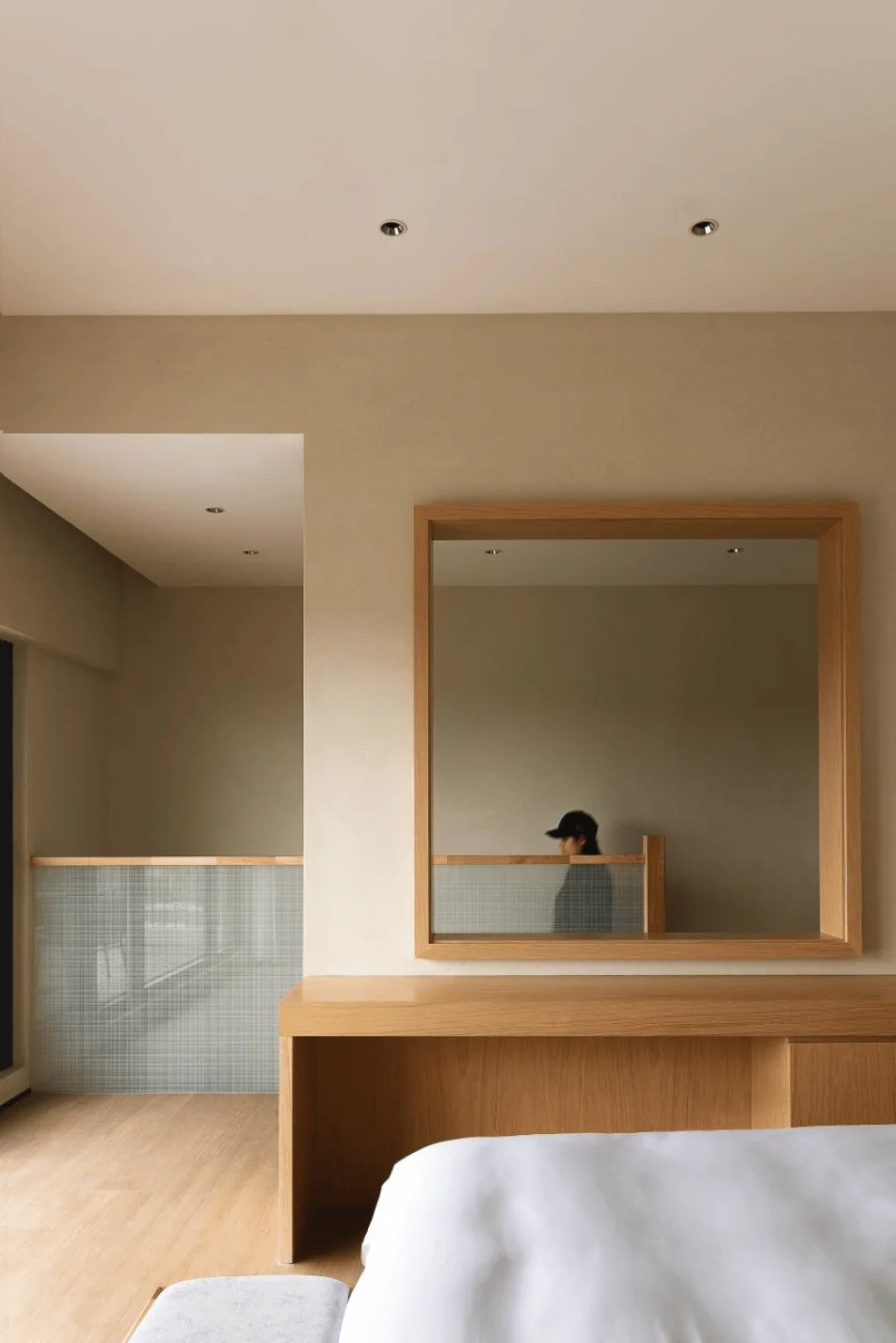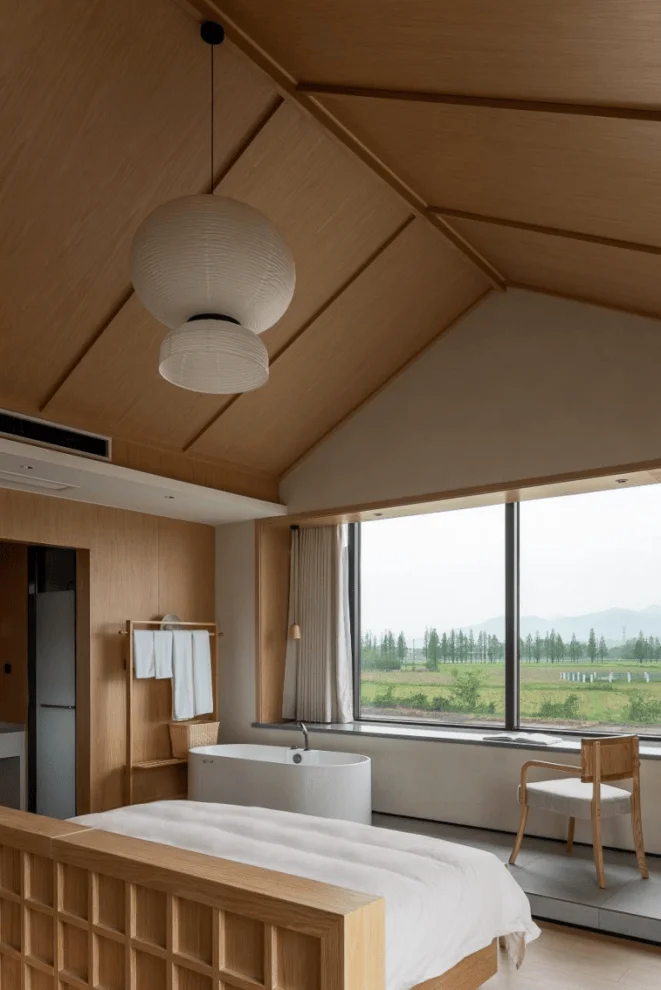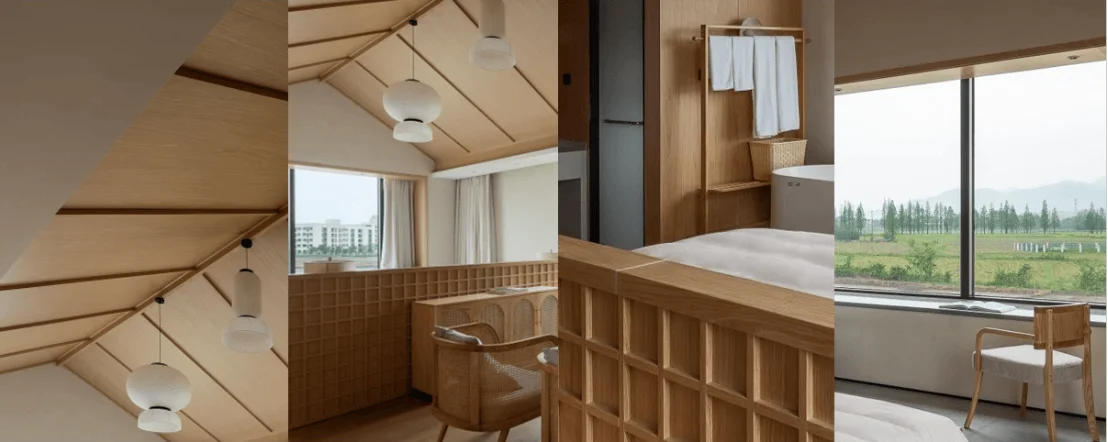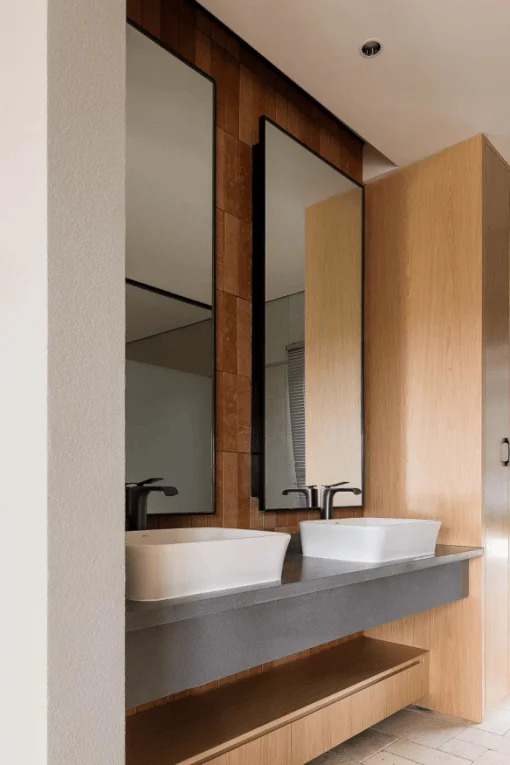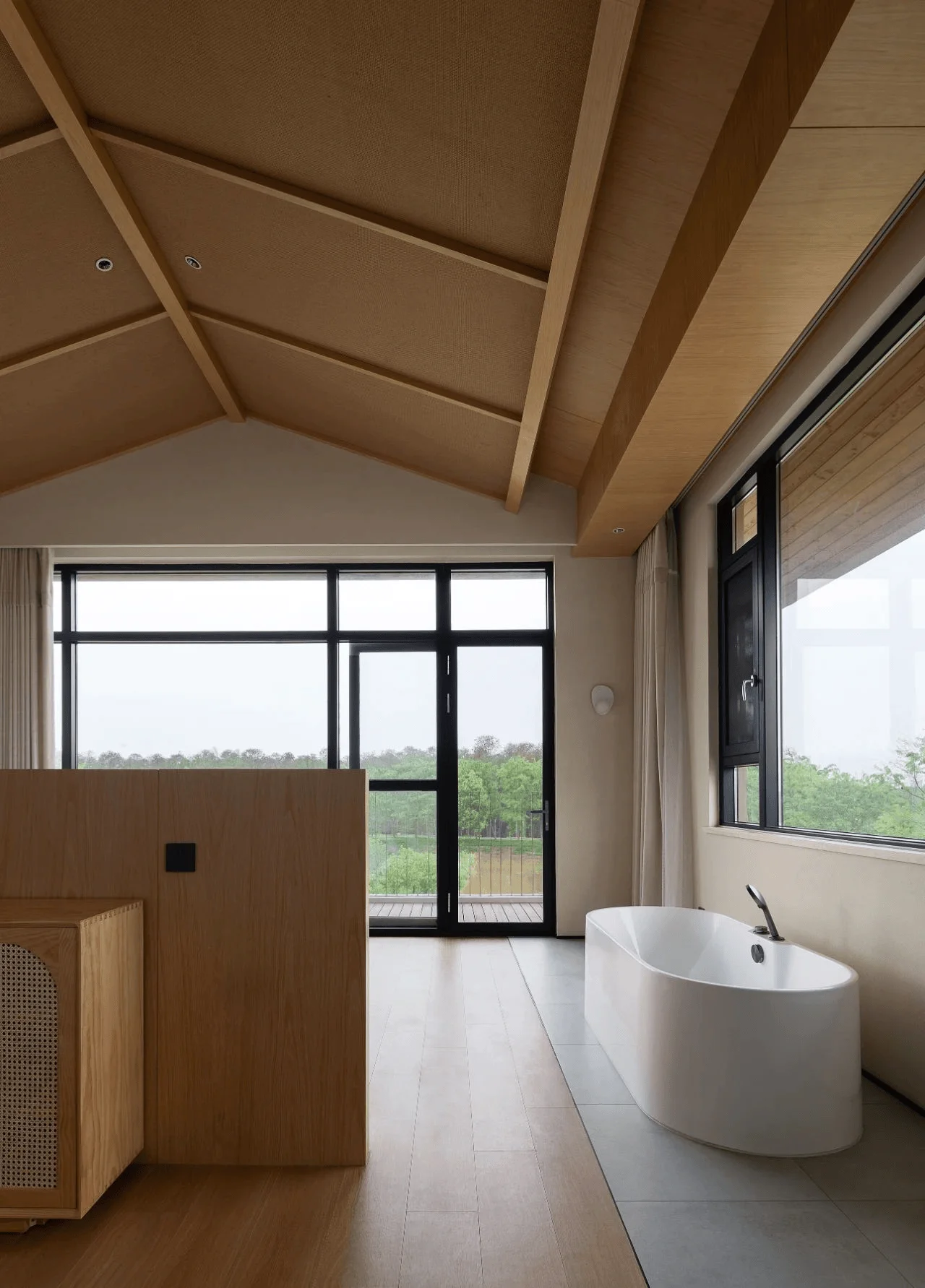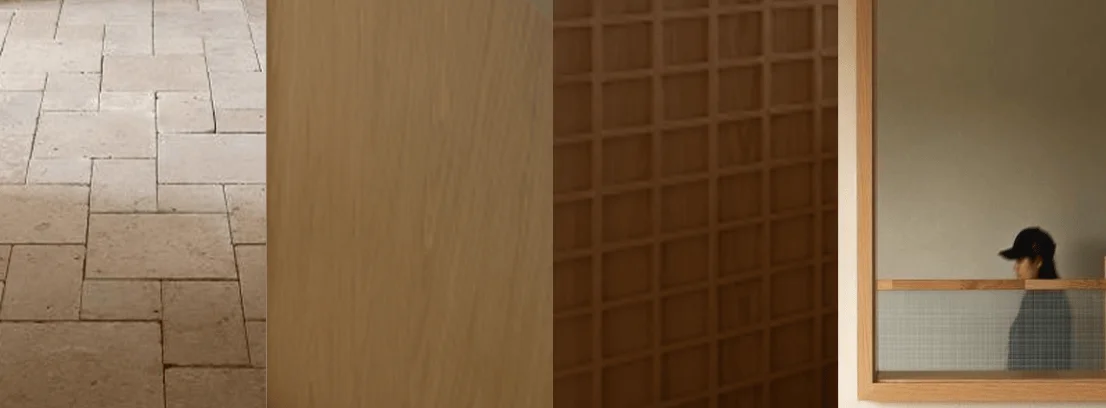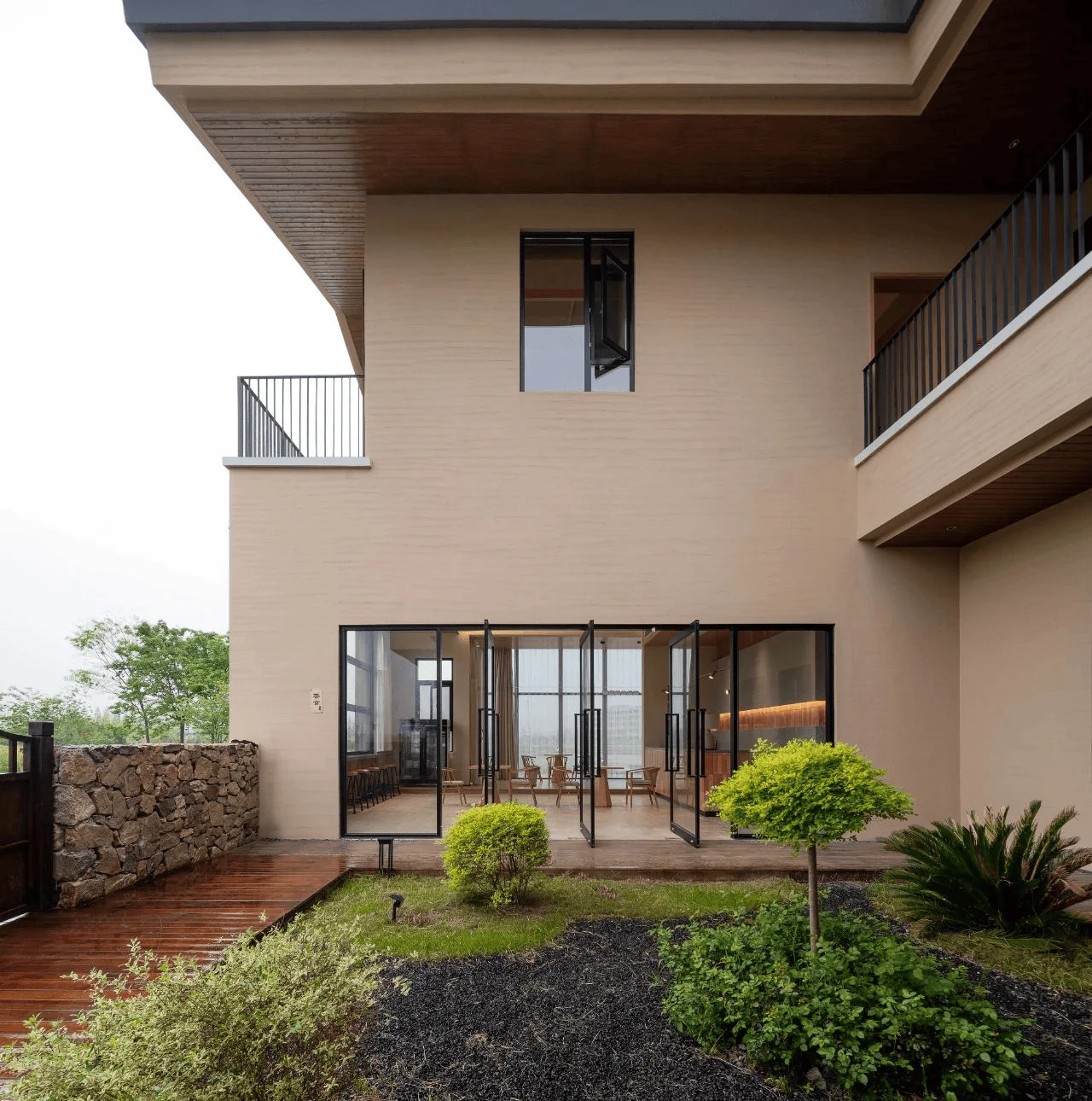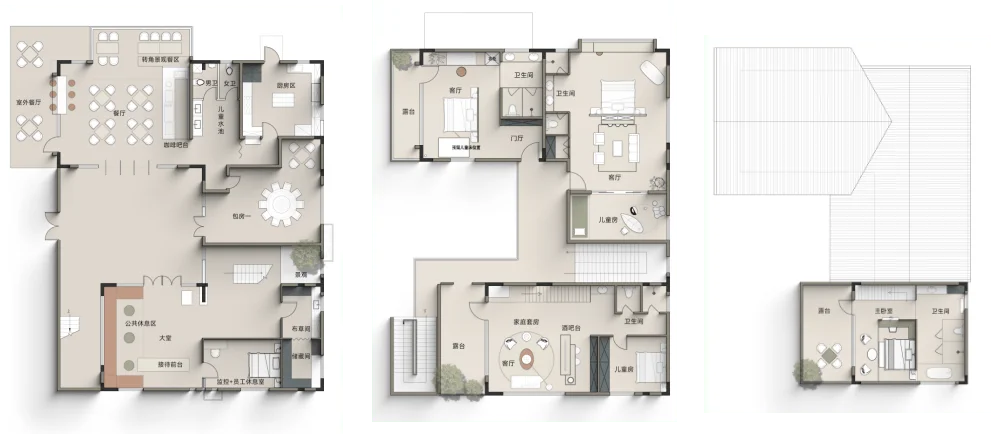Residential space interior design in Anhui, China, blends natural elements and minimalist aesthetics.
Contents
Project Background: Embracing Natural Tranquility
The “Poetry in the Rice Fields” project by Cong Qing Studio is a residential space interior design project located in Lujiang, Anhui, China. The project aims to capture the serene beauty of the surrounding rice paddies and translate it into a calming and poetic living environment. Inspired by the slow pace of life in rural areas, the design focuses on fostering a connection between the inhabitants and the natural world, offering a sanctuary from the frenetic pace of modern life. The minimalist aesthetic and the use of natural materials contribute to the project’s overall sense of tranquility and harmony. residential space interior design is a perfect example of biophilic design in modern homes.
Design Concept and Goals: Poetry in Architecture
The central theme of the project is “poetry.” The designers sought to translate the poetic essence of the surrounding landscape into the design of the interior spaces. The design team aimed to create an atmosphere of peace and contemplation, encouraging users to find a sense of serenity amidst the beauty of the natural world. This is evident in the use of neutral colors, natural light, and a focus on open, airy spaces. The design team believes in the power of light to enhance mood and atmosphere, hence the strategic use of soft, diffused lighting throughout the interior to amplify the overall impression of peace. This residential space interior design project is a great example of creating a harmonious balance between the natural environment and human-made spaces.
Functional Layout and Spatial Planning: Flow and Connectivity
The functional layout of the “Poetry in the Rice Fields” project emphasizes a fluid connection between indoor and outdoor spaces. Expansive windows and glass doors allow the natural light and scenery to seamlessly integrate into the interior. The design team carefully planned the layout to create a sense of flow and movement throughout the house. The living areas are designed to be open and welcoming, fostering a sense of togetherness and social interaction. The bedrooms are private havens, designed for rest and relaxation. The overall design promotes a sense of interconnectedness and creates a dynamic interplay between public and private zones. residential space interior design encourages interaction with the environment. The interior spaces seamlessly blend with the surrounding nature.
Exterior Design and Aesthetics: Harmony with Nature
The exterior of the “Poetry in the Rice Fields” project blends harmoniously with its surroundings. The building’s facade is characterized by simple, clean lines and a muted color palette that complements the rice paddies and lush greenery. Large windows and glass doors provide expansive views of the landscape, blurring the lines between indoors and outdoors. residential space interior design prioritizes the surrounding nature, resulting in an exterior that seamlessly integrates with the landscape. The use of natural and earthy materials reflects the building’s desire to become one with nature.
Interior Material Palette and Texture: A Touch of Rustic Charm
The interior of the project showcases a sophisticated use of natural materials and textures that enhance the connection to the natural world. Wood, stone, and glass play a prominent role in creating a warm and inviting atmosphere. The use of wood throughout the project brings a touch of rustic charm while maintaining a sense of elegance and sophistication. This residential space interior design is a great example of utilizing natural materials in a modern context. The use of natural materials has a positive impact on human health and well-being.
Lighting Design: Creating Atmosphere
The lighting design of the project is integral to its overall ambiance. Soft, diffused lighting is used throughout the house to create a sense of tranquility and peace. Lighting is strategically positioned to enhance the beauty of the natural materials and accentuate the textures of the interior design. The use of light within this residential space interior design project is a masterclass in how to create a serene and comforting atmosphere. Lighting is used to highlight specific features and enhance mood, allowing users to appreciate the interplay of light and shadows.
Conclusion: A Sanctuary of Tranquility
The “Poetry in the Rice Fields” project showcases the power of design to foster a deep connection between human experience and the natural world. The project demonstrates how minimalist design principles, a careful selection of natural materials, and strategic lighting can create an environment of serenity and contemplation. By seamlessly integrating the surrounding environment into the interior spaces, the designers have created a sanctuary where people can reconnect with nature and find a sense of peace in the midst of a bustling world. The “Poetry in the Rice Fields” is a prime example of how residential space interior design can be used to improve the quality of life by bringing a sense of peace and tranquility to the living environment.
Project Information:
Project Type: Residential Space Interior Design
Architect: Cong Qing Studio
Area: 500 m²
Year: Not provided
Country: China
Main Materials: Wood, Stone, Glass
Photographer: Huabin Photography
Design Company Profile: Qingji She United Design Office is based in Anhui and serves the Yangtze River Delta region. It is composed of a group of young designers who combine early-stage planning and integration, architecture, interior design, soft furnishings, visual design and other professional fields, serving a variety of fields including commercial, tourism, real estate and government. Through design and integrated planning, it collaborates to develop front-end design and product landing as well as back-end operation.


